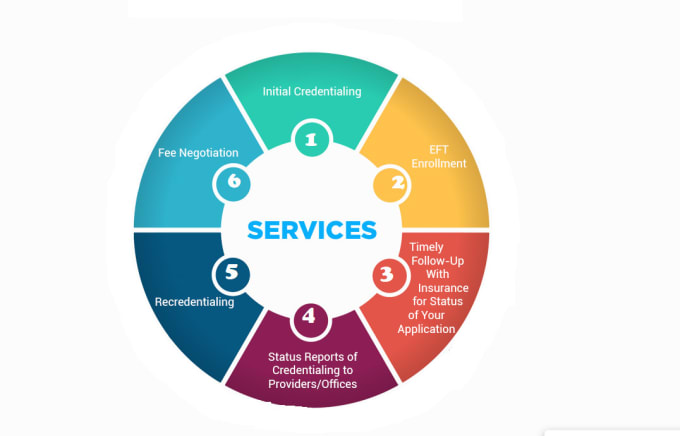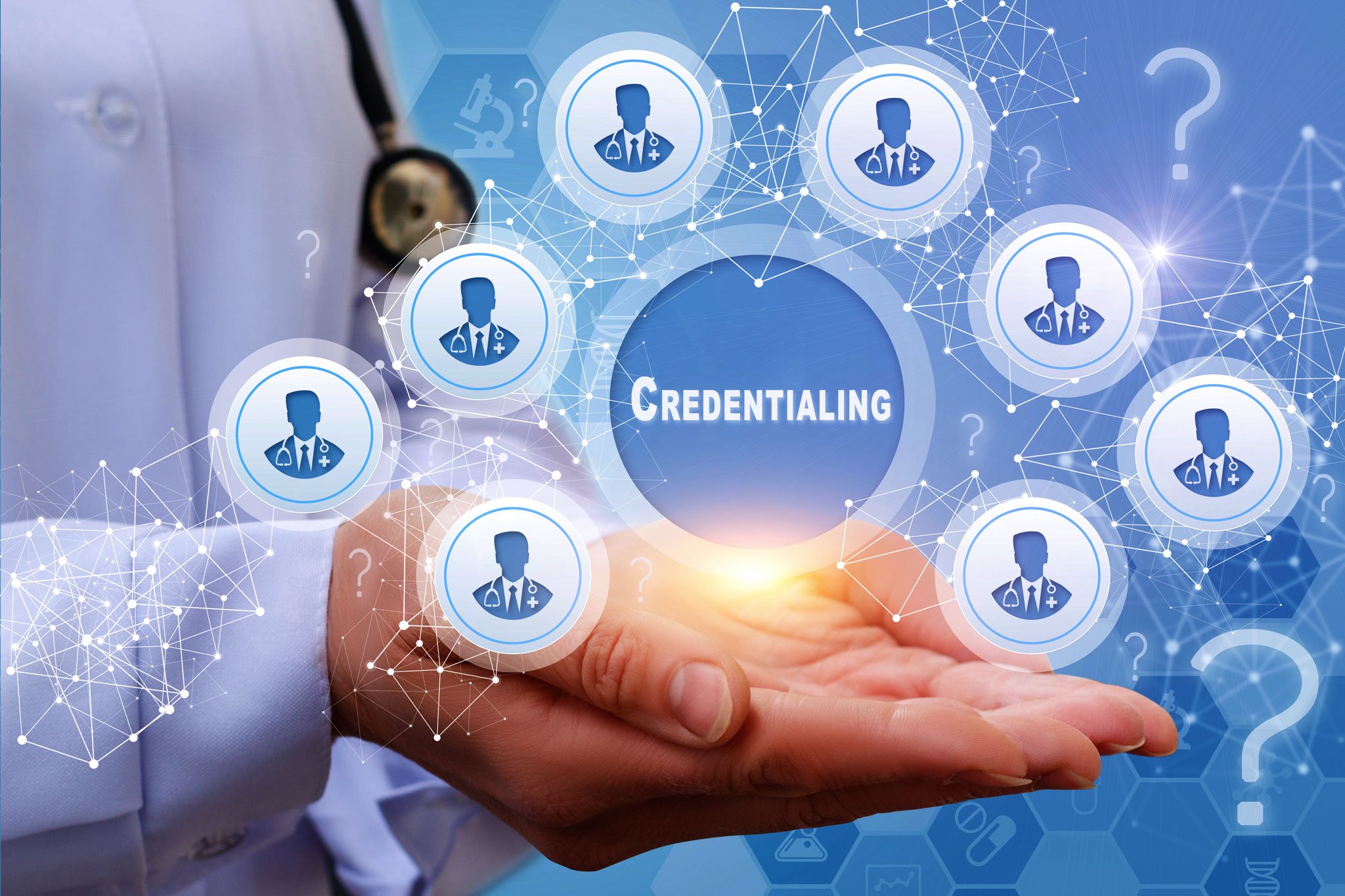What are the guidelines for creating credentialing software?
Credentialing software is a professional practice that allows employers to verify the skills and competencies of job applicants. The goal of such software is to save time by automating the process of vetting job applicants, and to create an organized, permanent record of information about them for future reference.
Introduction
The best way to think about credentialing software is as a digital document library. This means that the software offers users the ability to store and access documents in a secure and user-friendly format. In order to create a successful credentialing software platform, you should adhere to these six simple guidelines:
- Keep your platform easy to use and navigate.
- Make it easy for users to find the documents they need.
- Make it easy for users to share documents with others.
- Make it easy for users to update their documents.
- Offer robust security features to protect user data.
Brief history of credentialing software
Credentialing software has been around for many years, and it has grown in popularity over time. The history of credentialing software can be traced back to the early days of computing, when systems were developed to automate the authentication and verification of users. Over time, credentialing solutions has evolved into a more comprehensive toolkit that can be used to manage different types of user credentials.
There are a number of guidelines that should be followed when developing or using credentialing software. First and foremost, software must be secure. Credentialing software should protect user data from unauthorized access and theft, and it should also provide robust security features to ensure that users can properly access and use the system. Second, software should be easy to use. Users must be able to easily create accounts and access their data, regardless of their skills or experience level. Finally, credentialing software should be flexible enough to support a variety of different scenarios. Systems should be able to handle both simple and complex tasks, while still providing an easy-to-use interface.
All these factors make credentialing software an important part of any organization’s security infrastructure. By ensuring that software is secure, easy to use, and versatile, organizations can ensure that
The purpose of creating a new credentialing software
Creating a credentialing software can be daunting, especially if you are not familiar with coding or software development. To help simplify the process, we have compiled a list of guidelines to follow when creating your software.
- Choose a platform that best suits your needs. There are many different platforms available, so it is important to select one that fits your specific needs. If you plan on using your software internally, then a platform like Microsoft Office 365 may be a better option since it offers a wide range of features and support. If you are targeting a wider audience, then a platform like Adobe Creative Cloud may be more appropriate.
- Choose an appropriate licensing model. Licensing options range from free to paid, and it is important to find one that fits your budget and meets your needs. In addition, make sure to consider the type of users your software will serve (internal or external). External users require different licensing options than internal users, so it is important to tailor the licensing to suit the specific needs of your company.
- Create an efficient user interface. It is important to design an user interface that is easy for users to navigate and use. This will help increase usability and
Why is it important to build a credentialing software?
There are a number of reasons why building credentialing software is important. First, it helps organizations keep track of the credentials of their employees. This information can be used to verify an employee’s identity and eligibility for certain jobs. Second, it can help organizations identify candidates for new positions. Third, it can help organizations verify the education and training of their employees. Fourth, credentialing software can automate the process of verifying an employee’s credentials. Fifth, credentialing software can help organizations improve their hiring process by identifying candidates with the correct level of education and experience. Sixth, credentialing software can help organizations reduce the time it takes to verify an employee’s credentials. Seventh, credentialing software can help organizations improve their compliance posture by verifying the credentials of their employees. Eighth, credentialing software can help organizations reduce the cost associated with verifying an employee’s credentials. Ninth, credentialing software can provide a centralized repository for all employee credentials. Tenth, credentialing software can support multiple languages and currencies.
There are a number of reasons why building credentialing software is important. First, it helps Organizations keep track of the credentials of their employees
This information can be used to verify an employee’s identity
Who should create the new credentialing software?
The decision to develop a new software platform is complex and requires careful consideration. The following are some guidelines to help make the decision:
- Who should create the new credentialing software?
There is no one-size-fits-all answer to this question, but it is important to consider who will use the software and how they will use it. Different users will have different requirements, so it is important to design the software around specific user groups.
- What are the needs of the user group?
Before creating the blueprint for the new platform, it is important to understand the needs of the user group. This includes understanding their current system and how they want to improve it, as well as their future needs.
- What are the technological capabilities required?
The development of a new software platform requires a significant amount of technological capability. The software must be able to manage large amounts of data and support multiple users at once. It is also important that the platform has flexible features that can be tailored to meet the unique needs of each user group.
Types of credentials and what they mean
There are many different types of credentials, and each one has a different meaning. Here are some examples:
-A college degree is an example of a credential. This credential shows that you have completed the required coursework at a college or university.
-A certification is another type of credential. This certification proves that you have learned enough to be able to do certain tasks or work in a certain profession.
-A license is an example of a credential that is specific to a profession. A license shows that you have been approved by the relevant authority to do work in that profession.
-A membership in an organization, such as the American Bar Association (ABA), is also a type of credential. Membership in an organization shows that you are qualified to practice law in the United States.
Creating a structure for your company’s credentials
Creating a structure for your company’s credentials is important to ensure that all information is easily accessible, and that the system is efficient and effective. There are a few guidelines to keep in mind when creating your software:
- Make sure all information is easily accessible. Credentialing software should be designed to be user-friendly and organized so that employees can find what they need quickly. Make sure all relevant information is displayed in an easy-to-read format, including the name of the credential, the date of issuance, and the issuing body.
- Use standardized formats for all information. When creating your credentialing software, use standardized formats for all information – this will make it easier for employees to understand and use the system. Standardization also makes it easier to cross-reference information between different systems.
- Keep data updated and consistent. Credentialing software should be kept up-to-date and consistent with current industry standards. This will help ensure that information is accurate and relevant, and that employees can easily access it no matter where they are in the organization.
- Use search features to make finding specific information easy. Software should include search
Visit Us for More Information:- https://webeys.com/category/lifestyle/health/



